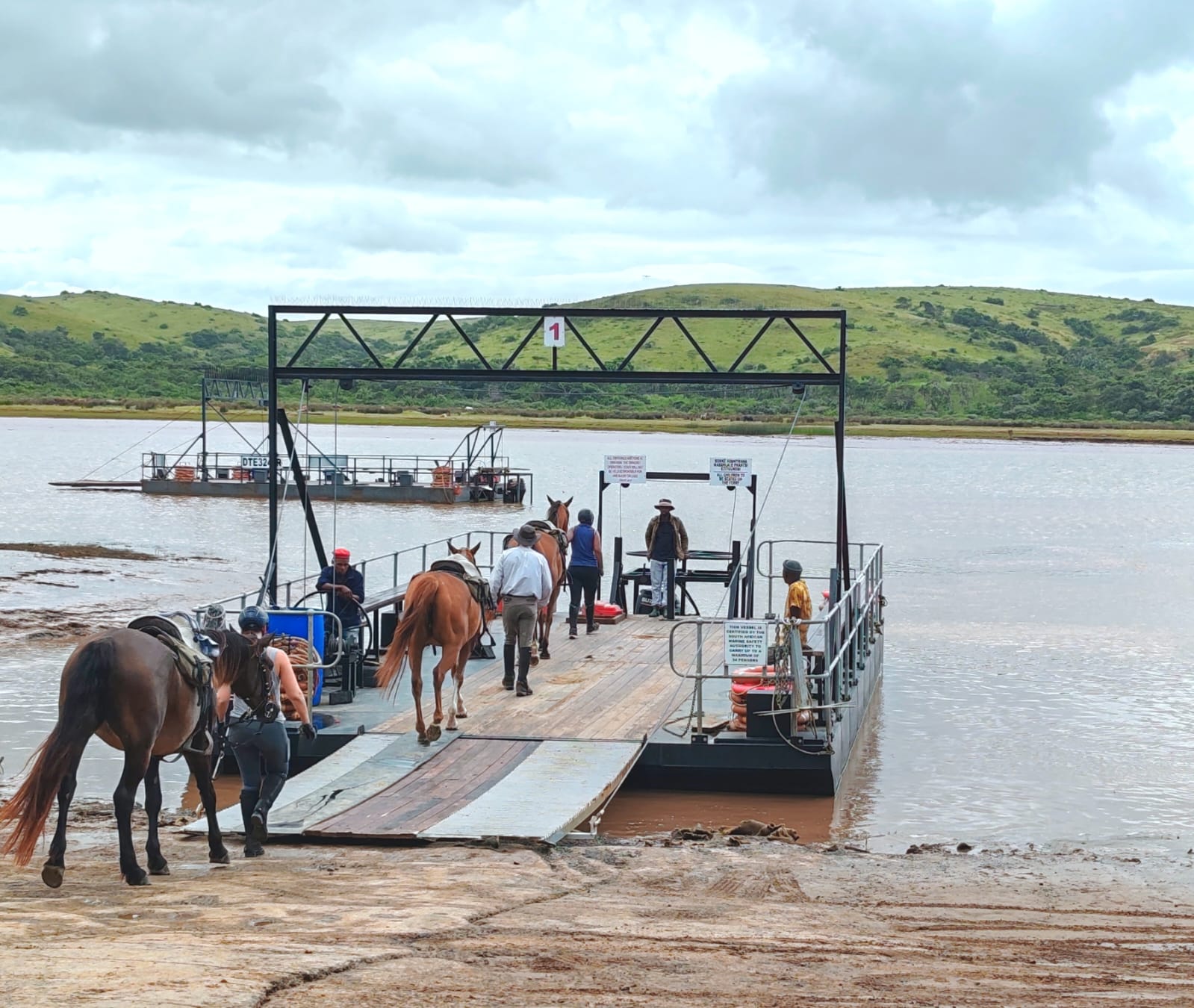The Impact of Equestrian Tourism on the Wild Coast
Nicky Hoseck
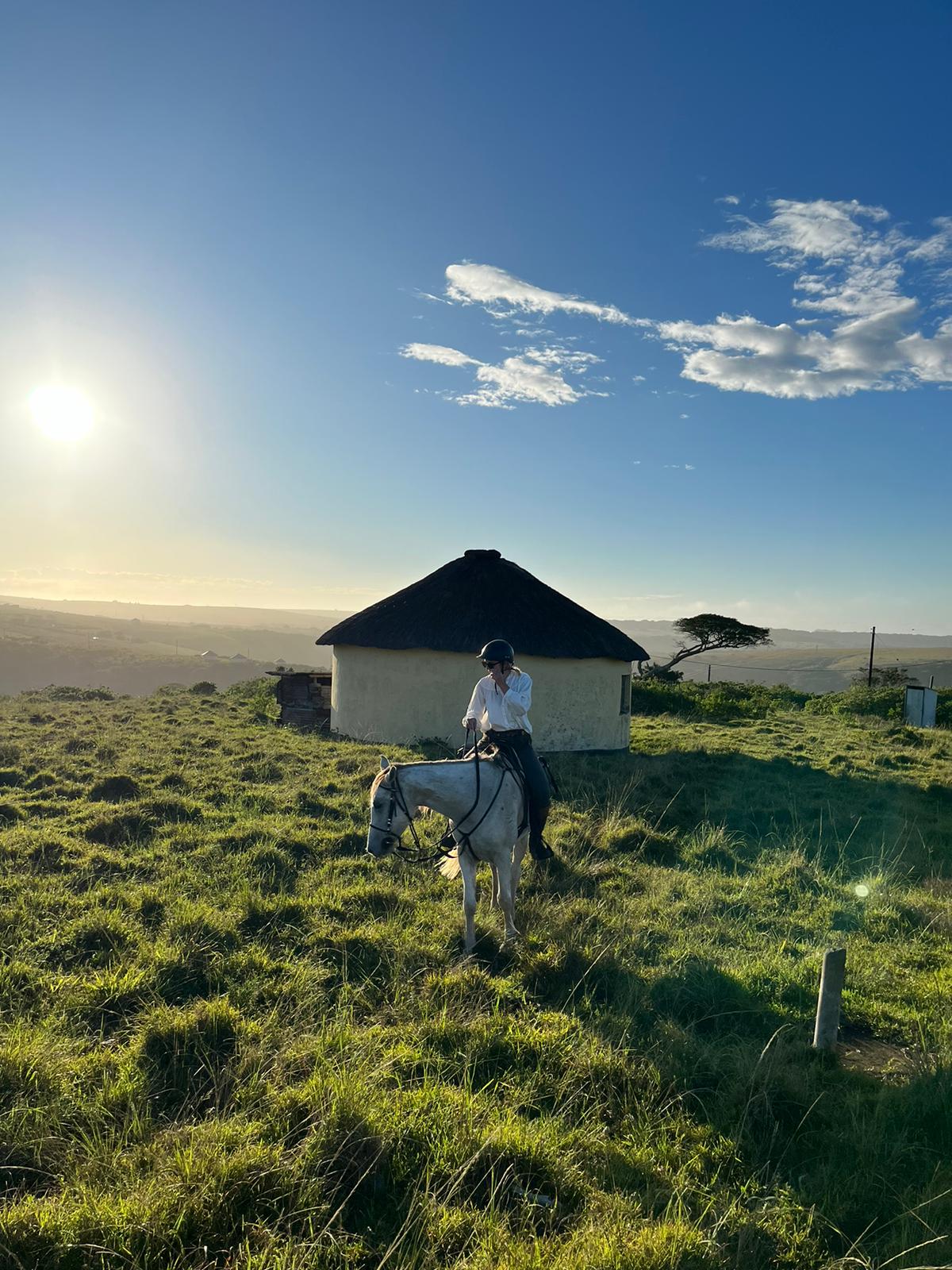
When you swing into the saddle at the start of an overnight horse trail, chances are you're thinking about the adventure to come, rather than the impact you'll have on the environment and the communities you're about to ride through. In this blog, we'll explore how joining us on a Wild Coast Horse Riding Adventure benefits the local area and its inhabitants.
An Authentic African Experience
Many South African horse trails are based inside game reserves, creating an almost artificial world that is exclusively yours and that you don't need to share with other users. Riding with Wild Coast Horse Trails is quite different. We're not here to view giraffes or canter alongside a herd of zebras - we're riding through the homeland of the amaXhosa people.
This unique landscape of rolling hills, pristine beaches, and traditional villages embraces you as you ride through, drawing you into its unique ecosystem and giving you the privilege of soaking up the rich cultural heritage. Your horse’s hoofbeats echo through the same valleys where cattle have grazed for generations.
Unlike the controlled environment of a game reserve, a Wild Coast Riding Adventure presents an authentic glimpse of rural life in Africa, with all its challenges and complexities. As you weave your way through the ever-changing landscape the lives of local people unfold before you.
You might pause to greet a grandmother busy with her laundry or wave to barefooted children playing in a yard. This connection to both the land and people raises important questions about the impact of equestrian tourism in such an environmentally and culturally sensitive area.
How do we ensure that our horseback adventures contribute positively to the Wild Coast's unique environment and the communities that call it home?
The Environmental Impact of Horses on the Wild Coast
Traveling on horseback is fundamentally more sustainable than traveling by car but it still impacts the environment. Factors such as the number of horses, whether they’re shod or barefoot, and how frequently specific routes are utilized all play crucial roles in determining our overall environmental footprint.
At Wild Coast Horses, we ride through coastal grasslands, indigenous forests, and sandy beaches. As we go, the impact of horses varies. In some environments, like on the grasslands, horses actually have a positive impact, with their hoof action helping to aerate the soil and promote healthier vegetation growth.
In other areas, however, wet weather makes the ground more susceptible to erosion. In those areas, repeated horse traffic can exacerbate natural soil erosion, particularly in steep areas or where trails cross streams and rivers. When that occurs, we alter our route slightly, weaving our way around the worst spots so as to reduce the severity of our environmental impact.
Wild Coast Horse Trails long ago decided that a maximum of eight riders on any trail meant that we could minimize soil erosion while maximizing our guests’ safety and comfort. We also found that limiting the number of participants meant we could use narrower trails and further reduce our impact on the environment.
Smaller groups also mean more personalized attention from the guides, so they can more easily advise riders to stay on designated paths and avoid sensitive areas of vegetation. Fewer horses and riders also mean less disruption to the local communities, as they create less noise and stir up less dust.
Being barefoot also helps reduce the impact of our horses on the local environment. Not only do barefoot hooves cause less damage to soil structure and vegetation, but they also mean our horses adapt better to different surfaces, from sandy beaches to rocky paths, minimizing erosion and preserving the integrity of the trails we use.
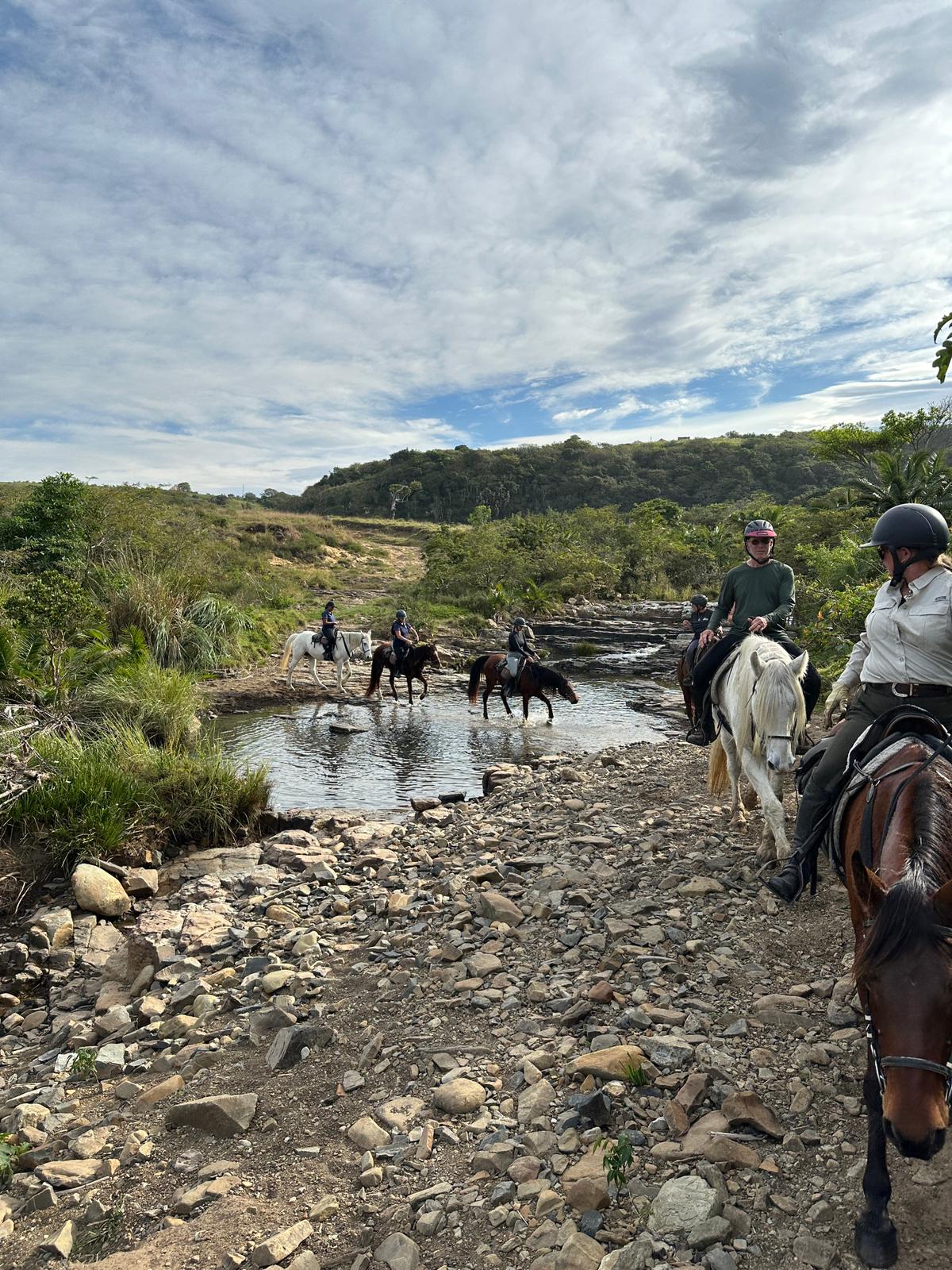
How Equestrian Tourism Boosts The Wealth of the Wild Coast
Bringing small numbers of guests into a rural area has a surprisingly large impact on the economy, especially during the winter months when domestic travel is limited. Many of the hotels we utilize on our trails struggle to fill their beds outside of peak tourism seasons, but our trails carry on bringing international visitors in throughout the year.
This year-round appeal creates a steady flow of visitors, providing a reliable income stream for local hotels and other accommodation providers. The ripple effect of this sustained tourism extends to other businesses as well, with local restaurants, shops, and transfer companies all benefitting from your presence on the Wild Coast.
Equestrian tourism also encourages the preservation of the environment, giving monetary value to the unspoilt landscapes of the Wild Coast. The more riders come to explore the rugged coastlines and rolling hills, the more they fall in love with the area, making them more likely to advocate for its conservation in the future.
Ultimately, the sustainability of equestrian tourism on the Wild Coast depends on a careful balance between enjoying the area's natural wonders and preserving its ecological integrity for future generations.
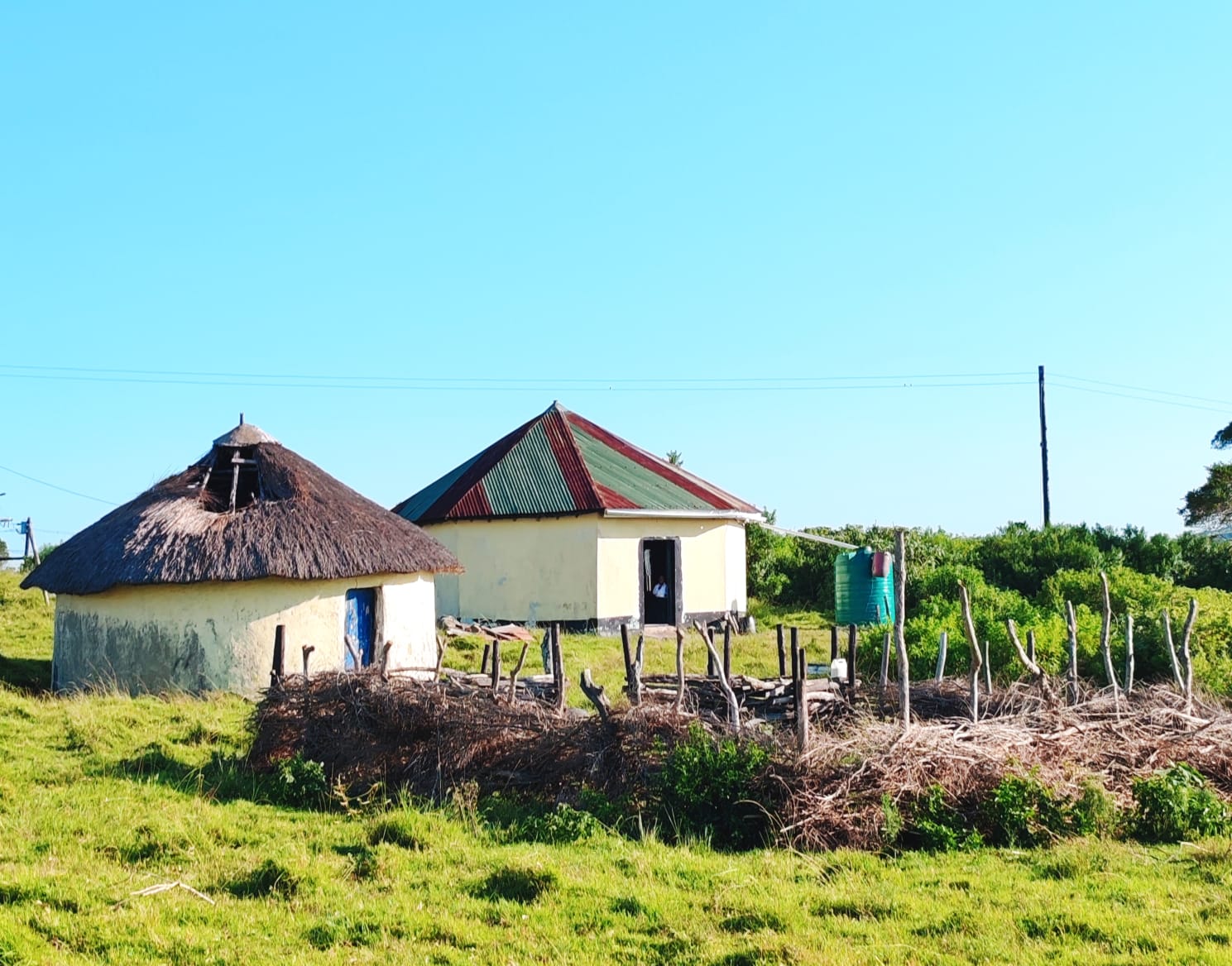
The Social Impact of Equestrian Tourism on the Wild Coast
While we may not offer any specific cultural activities or visits to local villages, your presence as riders on a Wild Coast Riding Adventure has a valuable social impact. Every moment you ride with us is another moment spent as a temporary player in the rich tapestry of local life.
One of the most immediate social impacts is the cultural exchange that occurs between visitors and locals. As we pass through traditional Xhosa villages, you have the opportunity to interact with local residents, breaking down cultural barriers and challenging preconceptions on both sides.
In essence, equestrian tourism with Wild Coast Horse Trails, when managed thoughtfully, can serve as a bridge between cultures, a catalyst for community development, and a means of preserving and celebrating local heritage. It's not just about the ride; it's about the connections made and the mutual growth experienced along the way
Conclusion
Every rider that joins us on a Wild Coast Riding Adventure becomes part of a larger story, helping us to promote the beauty of the area without impacting too harshly on its environment, communities, and local inhabitants. Each one of you helps us become part of a larger story that intertwines your lives with those of our local communities, and the natural world.
By keeping our group sizes small, our horses barefoot and our operations running all year round, we minimize our environmental impact while maximizing the benefits to local economies. Our aim is to create meaningful experiences that foster understanding between cultures and instill a deep appreciation for the Wild Coast's unique heritage and natural beauty.
As responsible travelers, we have the power to make a positive difference. Every hoofbeat along these trails carries with it the potential for sustainable growth, cultural preservation, and environmental conservation. By choosing to explore the Wild Coast on horseback, you're not just embarking on a memorable journey - you're contributing to the wellbeing of the communities and ecosystems that make this region so special.
As you ride along pristine beaches, through rolling hills, and past traditional villages, remember that your presence here is part of a larger mission: to ensure that the Wild Coast remains a treasure for generations to come.
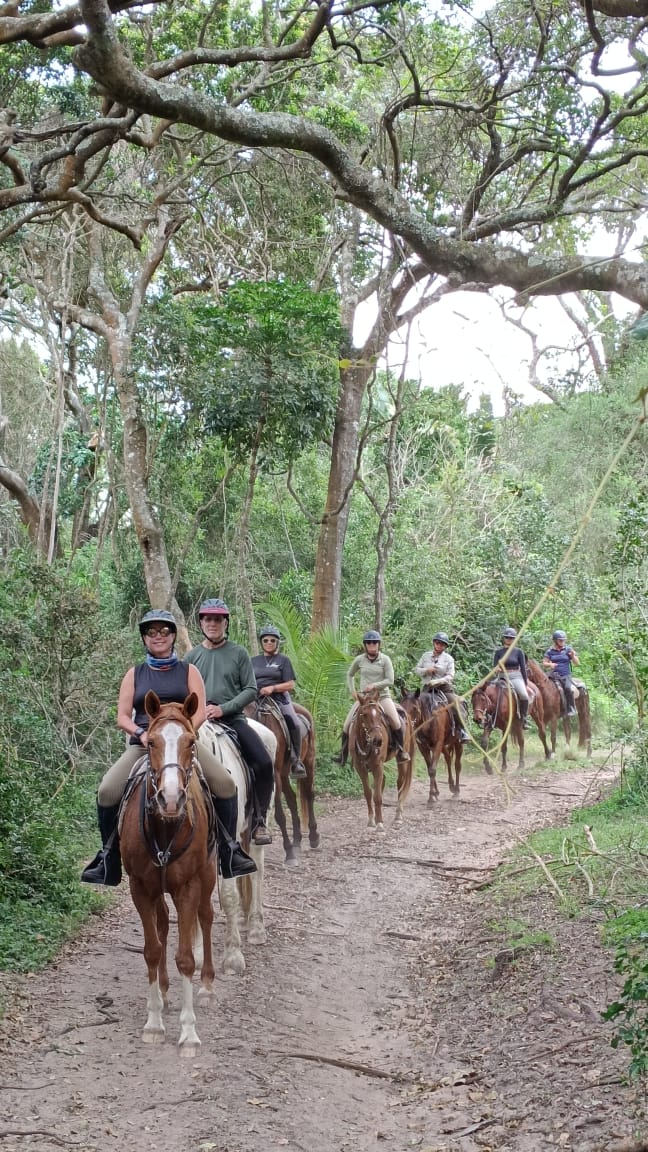
Saddle up and let's ride towards a brighter future for the Wild Coast
